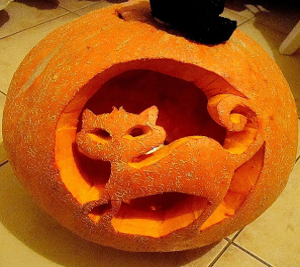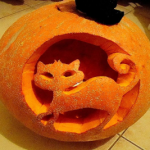
Cooler temperatures of fall will soon be
here and, along with them, the beginning of the holiday season. I’m sure your family, like mine, has some holiday traditions which have been passed down over the years. We carry them on, not necessarily for practical reasons, but as a means of bonding and connecting with past generations.
The amateur radio family has its own set of traditions. Some, like QSO procedures, we
use regularly regardless of operating mode. Others, like Morse code, seem at risk of
fading away into the sunset.

Many years ago, a Morse code test was part of every amateur radio license exam. General and higher license exams were administered at FCC district offices. I can still remember that crisp fall day many years ago, crammed into a room full of applicants with my 13 year old hands shaking a little as I waited for the code test to begin. Switch thrown, the tape on the exam machine galloped along at a mighty 13 words per minute, and somehow … I managed to pass. Along with pride of accomplishment, that new license opened up acres of new spectrum to explore.
Today, Morse has all but disappeared from military and commercial HF communications. Seems everything is computer oriented. Why would anyone want to learn Morse code? Because, pound for pound, it’s still one of the most efficient modes. Simple low power equipment running CW will cut through heavy noise and interference when
nothing else will. There is still a lot of Morse activity on the ham bands, and, simple homebrew CW rigs remain well within reach of the new amateur experimenter.
Interested in learning Morse? Want to carry on a ham tradition linking us with generations of military and commercial operators? We’re putting together a study group. Contact me with your ideas for classes and training aids. And encourage some of our younger members to join (tell them to think of it as the original texting).
